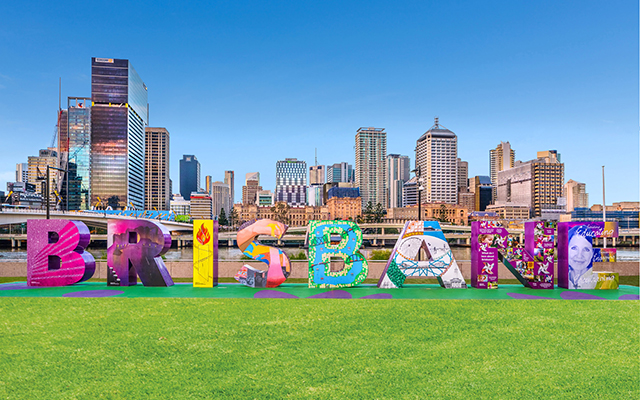Industry experts predict Asia’s younger generation will lead the tourism recovery charge as they seek unique soft adventure experiences abroad.
At PATA’s hybrid Adventure Travel Conference and Mart, this was predicted across the outbound Chinese, Indian and Malaysian markets, where experts note the trend has been emerging in domestic travel during the pandemic.

Dan Sandoval, co-founder of Perspective China, said the huge growth in domestic tourism in the country caused by Covid-19 travel restrictions has triggered a swathe of new products. This includes an explosion of adventure activities that travellers aged 25 to 44 are particularly keen to explore.
He noted: “We’re seeing a huge demand for products that didn’t traditionally exist. China was more of a conservative travel market but we’re seeing this huge shift towards experiences. This says there will be a huge demand for these as an international experience.”
For example, the surf scene has exploded in Sanya; while in Yunnan, safari-style camps are emerging, and are proving popular with the country’s younger generations.
Said Sandoval: “We will see a huge surge in people looking for these niche products in unique locations, especially this age group. This is a wonderful playland for the adventure and experiential travel industry.”
In India, a similar shift in demand from the 25 to 44 demographic is being driven by the “bragging factor”.
Deeya Bajaj, director of operations and business development at Snow Leopard Adventures, said: “Indian youth are now more willing to spend on experiences. There’s the bragging factor that comes from being able to do something unique rather than buying a luxury item.”
Sandoval noted a similar movement in China, where investing in a unique adventure holiday or travel experience is the new designer item.
He said: “There used to be a time when you’d brag about having a Louis Vuitton bag but that time, for the most part, is gone. Now, we’re seeing experiences are what people want to brag about.”
Bajaj said younger generations in India are showing a desire to try soft-adventure holidays and excursions in undiscovered destinations – all new experiences for the market.
She added: “They don’t want long or hardcore adventures. They want to go to offbeat places, but be comfortable. They’re excited to try new things, but they’re not as self-sufficient as American or European adventure travellers. There will need to be some handholding involved as the average Indian adventurer is trying these activities for the first time.”
In Malaysia, Jessica Yew, co-founder and director of Sticky Rice Travel, noted the devastating financial impact brought on by continued lockdowns and other restrictions has left younger generations with less disposable income to spend on travel.
However, she said the pent-up demand can be seen in the domestic market, with more Malaysians aged 25 to 44 opting for soft adventures. She said glamping, slow travel, as well as environmentally-friendly and community-based travel programmes are on the rise.
Yew said: “Travel is a lifestyle for this segment; it’s not a luxury item. A lot of people with the disposable income to travel live in the city and it forms part of their work-life balance. People in this age group are now looking for authentic experiences and soft adventures.”
She added that it is imperative the industry remains active on social media to capture this tech-savvy segment.
This sentiment is strongly echoed by Sandoval. With the lack of exposure to the outside world due to cancelled trade shows, limited fam trips and tourism and destination marketing companies slashing promotion budgets, China’s young is turning to social media to source travel information.
He advised: “Getting on the social media train is so important right now. Keep social media accounts active, you have to stay in people’s minds. Wave that delicious smelling platter in front of their faces so that when the cafeteria opens, you get a surge of people coming. It will be this segment who lead the charge, and you need to be ready.”
















